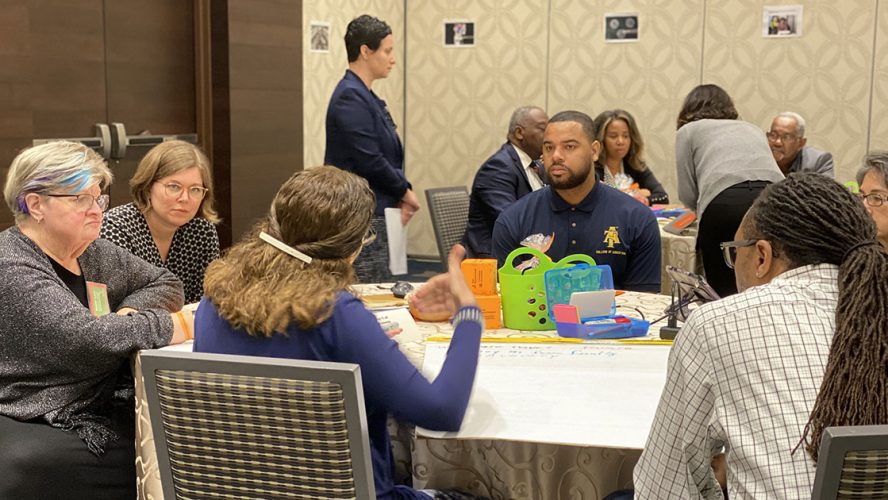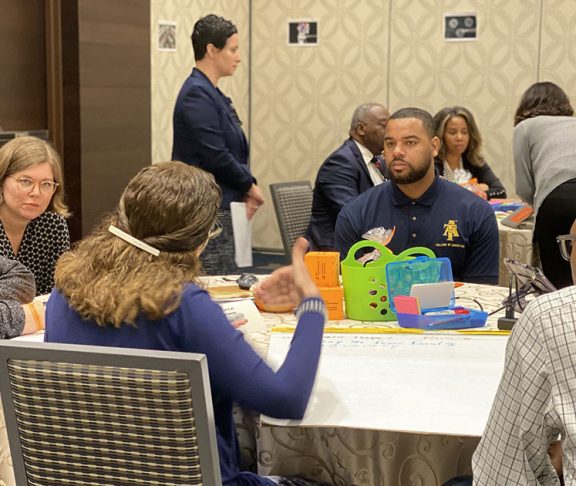
Dr. Cassandra Herring
Founder, President, and CEO, Branch Alliance for Educator Diversity
It is widely acknowledged that students of all racial, cultural, and linguistic backgrounds deserve an educational experience that allows them to bring their whole selves to school each day. Sadly, though, we have not done enough to ensure that our teacher workforce is able to provide this kind of learning experience for all students.
The fact is that many students of color are stranded in classrooms in which they do not feel included and cannot effectively support their learning needs.
Part of the problem is that there are too few teachers of color in America’s schools. In fact, 40 percent of schools do not employ even one teacher of color. Additionally, too few teachers, whether they are white or people of color, are able to make inclusive instruction a reality for each of their students. Fundamentally, these are shortcomings related to how we think about the definition of a quality teacher workforce.
Shifting focus
The importance of teacher quality is well-known. By some measures, it is the most consequential school-based influence on a student’s education. Similarly, the education community recognizes that all students benefit academically, socially, and emotionally from having diverse teachers.
But conversations about teacher quality and diversity usually take place separately. They are typically thought of as distinct concerns when it comes to strengthening the teacher workforce. This is a mistake.
If America is to make meaningful, sustainable progress toward true educational equity and inclusion, then we must come to see teacher diversity as foundational to quality. This is especially true for most teacher preparation programs, which continue to sustain the false dichotomy between teacher diversity and quality.
A successful model
Teacher preparation programs at many minority-serving institutions, though, offer alternative models that treat diversity and quality as inseparably linked. Their instructional philosophies and practices reflect that connection and integrate diversity with all aspects of teacher preparation.
In doing so, they produce teachers who are equipped to provide the inclusive educational experiences and environments that allow all students to thrive.
Changing how the majority of teacher preparation programs view the relationship between teacher diversity and quality will not be easy. But by doing so, we have the opportunity to reimagine how we can more equitably educate all students and, importantly, how we can better prepare teachers to do this vital work.



